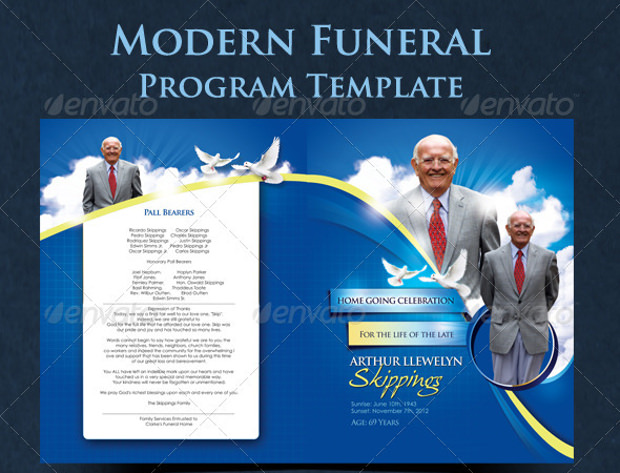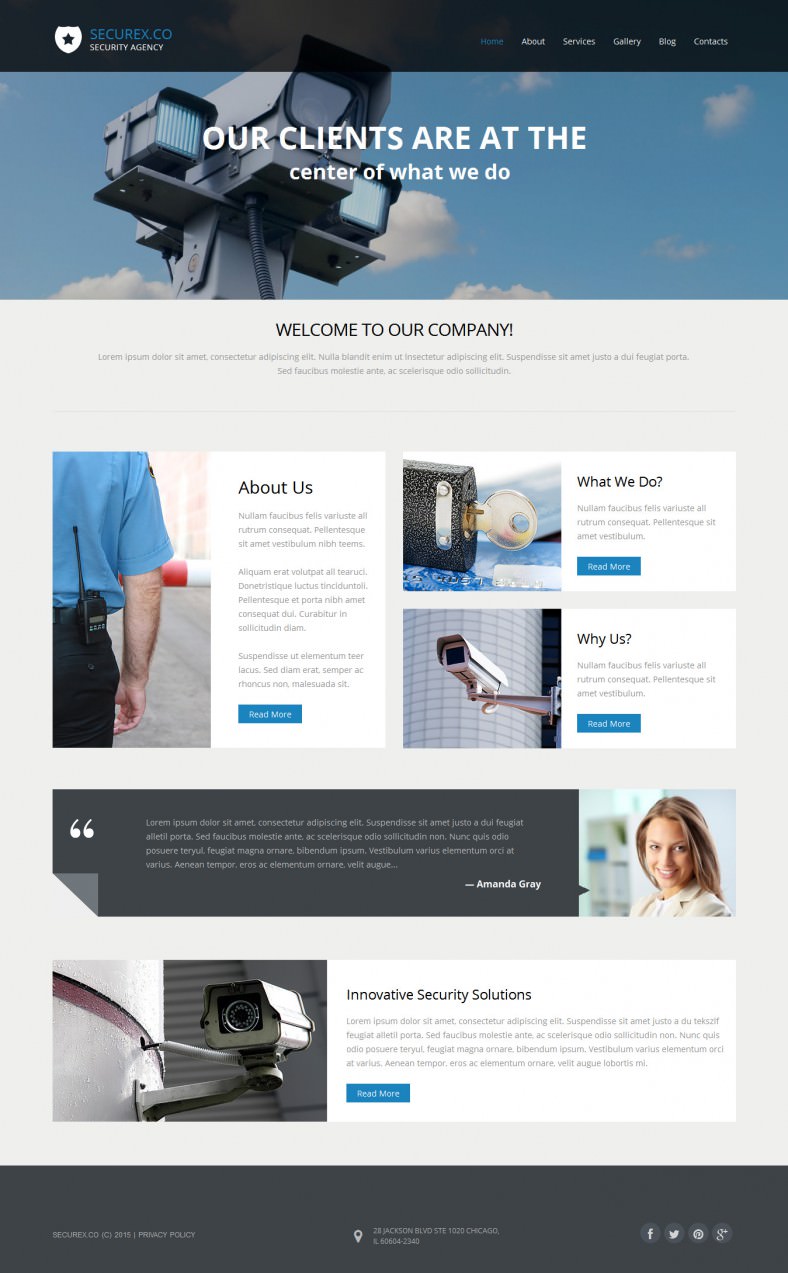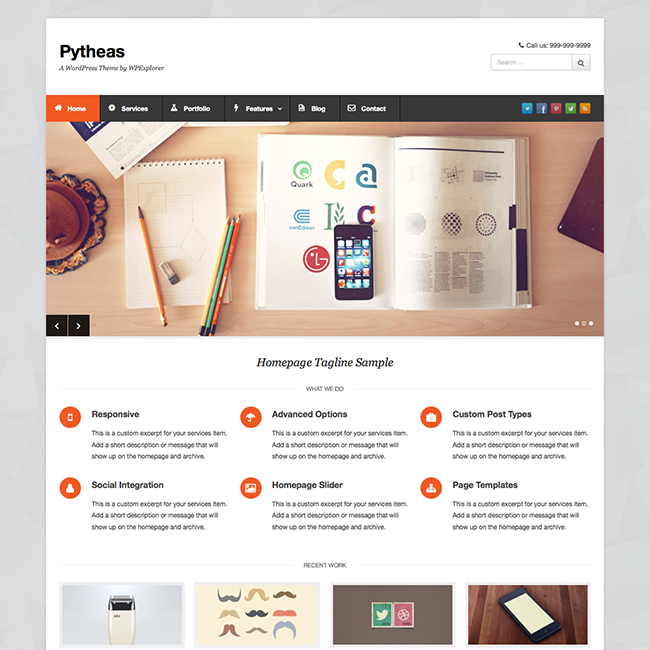
The point is that you have a website and you like how it looks.

I can't stress enough how much it doesn't matter what you use for your design - Bootstrap, Foundation, Skeleton, custom CSS. WordPress can help with all this and more. It needs to be as simple as possible for the client. If someone is paying you to make a website, it's because they don't know how or don't have time to deal with code. If it's a company website, you want to be able to update prices, packages, and so on. If it's a restaurant website, you want to be able to add and update menus. If it's a blog, you want to be able to add posts. WordPress was originally built as a blogging platform, but is now what is known as a CMS - Content Management System.Īny website that you intend to make updates to can benefit from a CMS. Part 3 - Custom Posts, Custom Fields and Meta Boxes (advanced).Part 2 - Pagination, Comments, Single Post, Functions, & Custom Posts (intermediate).I've made additional tutorials to add on to this one. Take an existing HTML website and convert it into a custom WordPress theme.It will only take a few minutes, so go ahead and do that first. Fortunately, if you don't know how, I wrote a short, sweet article about getting set up with one.
WORDPRESS SAMPLE PAGE TEMPLATE HOW TO
You do need to know how to set up a local server environment. Your website can be custom, or built on Bootstrap/some other framework. You don't need to know any PHP, or have any prior experience with WordPress. PrerequisitesĪll you need to start is a website. Whatever the case, this article is for you. Maybe you've worked with it before, but don't know how to make your own theme from scratch.

Maybe a client asked for WordPress, but you're not really familiar with it.

Maybe you've heard about WordPress, but aren't entirely sure how to implement it, or why you might need it.


 0 kommentar(er)
0 kommentar(er)
